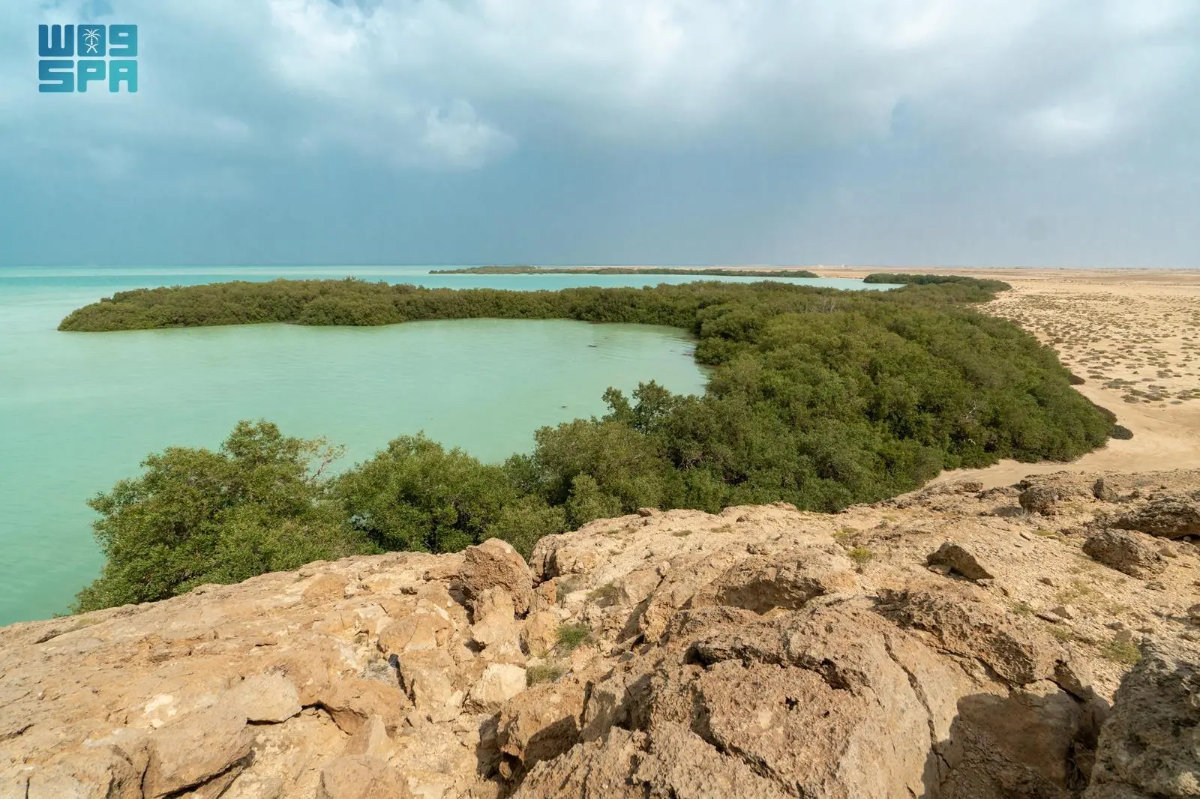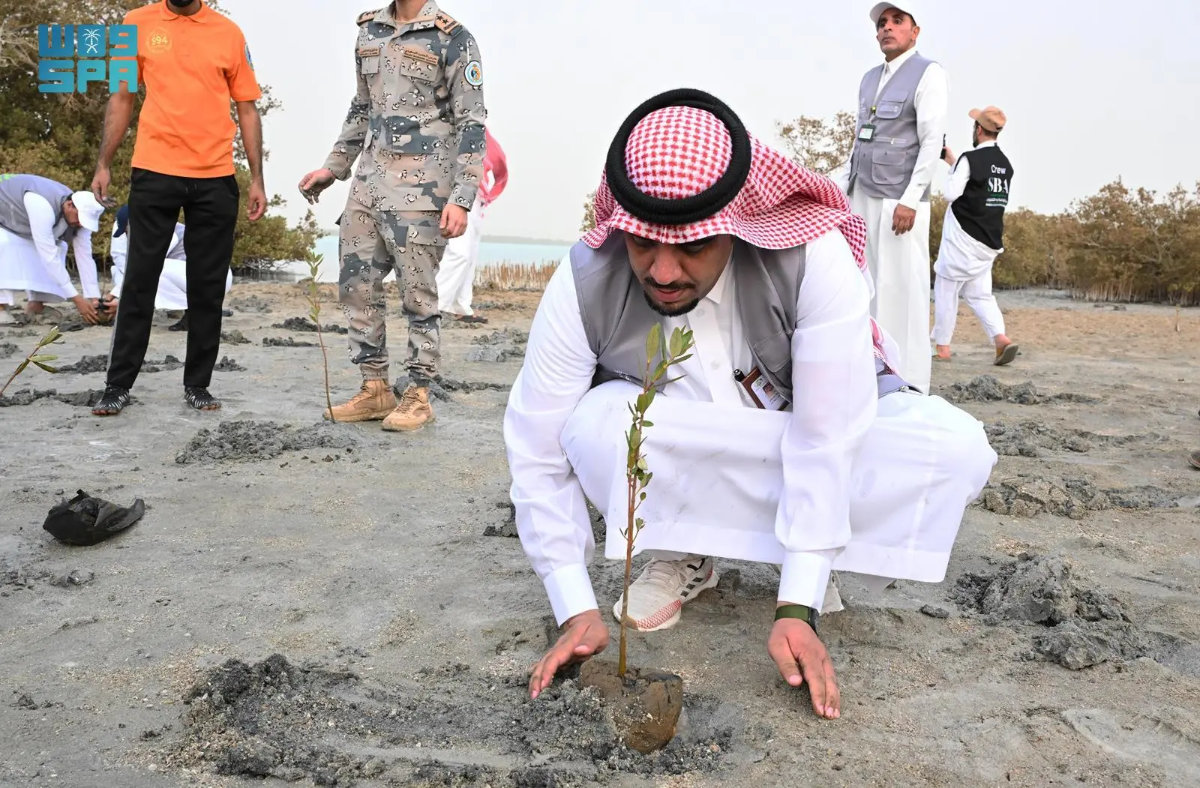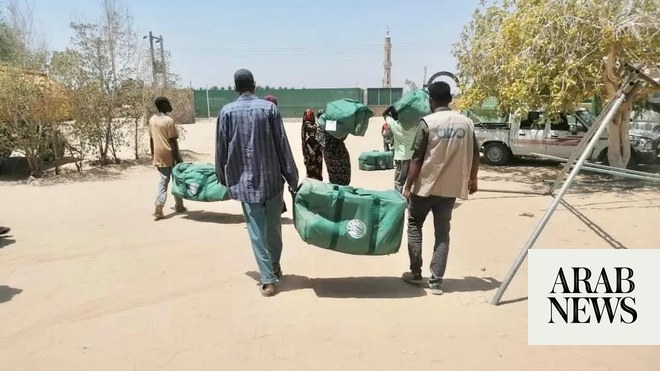RIYADH: The Kingdom is on track to achieve its goal of planting 100 million mangrove trees by 2030, in line with the Saudi Green Initiative and Vision 2030 plans.
About 13 million mangrove seedlings have been planted since the start of the coastal reforestation program a year ago, the Saudi Press Agency said recently, citing a progress report from the National Center for Rural Development and the fight against land degradation.

Mangroves work with coral reefs and seagrasses to keep coastal areas healthy, marine scientists say. (SPA)
Most of the projects reported by the NCVC are currently being implemented along the Kingdom's Red Sea coast, with Jazan province topping the list with 5 projects. ,5 million. The province of Makkah followed with 2.4 million, Madinah 2 million, Tabuk 1.5 million, and Asir 1 million.
Along the coast of the Arabian Gulf, the Eastern Province planted 500,000 saplings, according to the report.
However, before the official launch of the project along the Arabian Gulf, the center noted that 700,000 saplings had already been planted. Among them were 200,000 in the island of Ras Abu Ali in the province of Jubail, and 500,000 in the governorate of Al-Wajh.
“The project includes fencing and caring for the trees, protecting them from algae and weeds, and protecting the site from grazing and over-grazing,” the report said. SPA.
In addition, the NCVC and Asir Region launched the “Mangrove Restoration” program on Wednesday. This will mark the international day for the protection of the mangrove environment, which is held every year on July 26 for the UN.

Mangrove plantation in Al-Barak province of Asir region. (SPA)
The protestors planted 500 mangrove trees on the beach of Al-Barak governorate. The event was led by Governor Al-Barak Abdullah bin Ali bin Muhya and Mayor Nasser Saeed Al-Shahrani.
SPA reported that the plan is to raise awareness of the importance of mangrove plantations and conservation in the face of climate change and global warming.
Mangroves, working together with grasses and coral reefs, keep coastal areas healthy, marine scientists say.
They have been found to provide essential habitat for thousands of species, stabilize shorelines, prevent erosion and protect communities from waves and storms.
“Approximately 75 percent of marketable fish spend some time in the mangroves or depend on the food webs that can be found in these coastal forests” , says the American Museum of Natural History.
Many countries affected by the destruction of mangrove forests have continued to decline in fish stocks.
